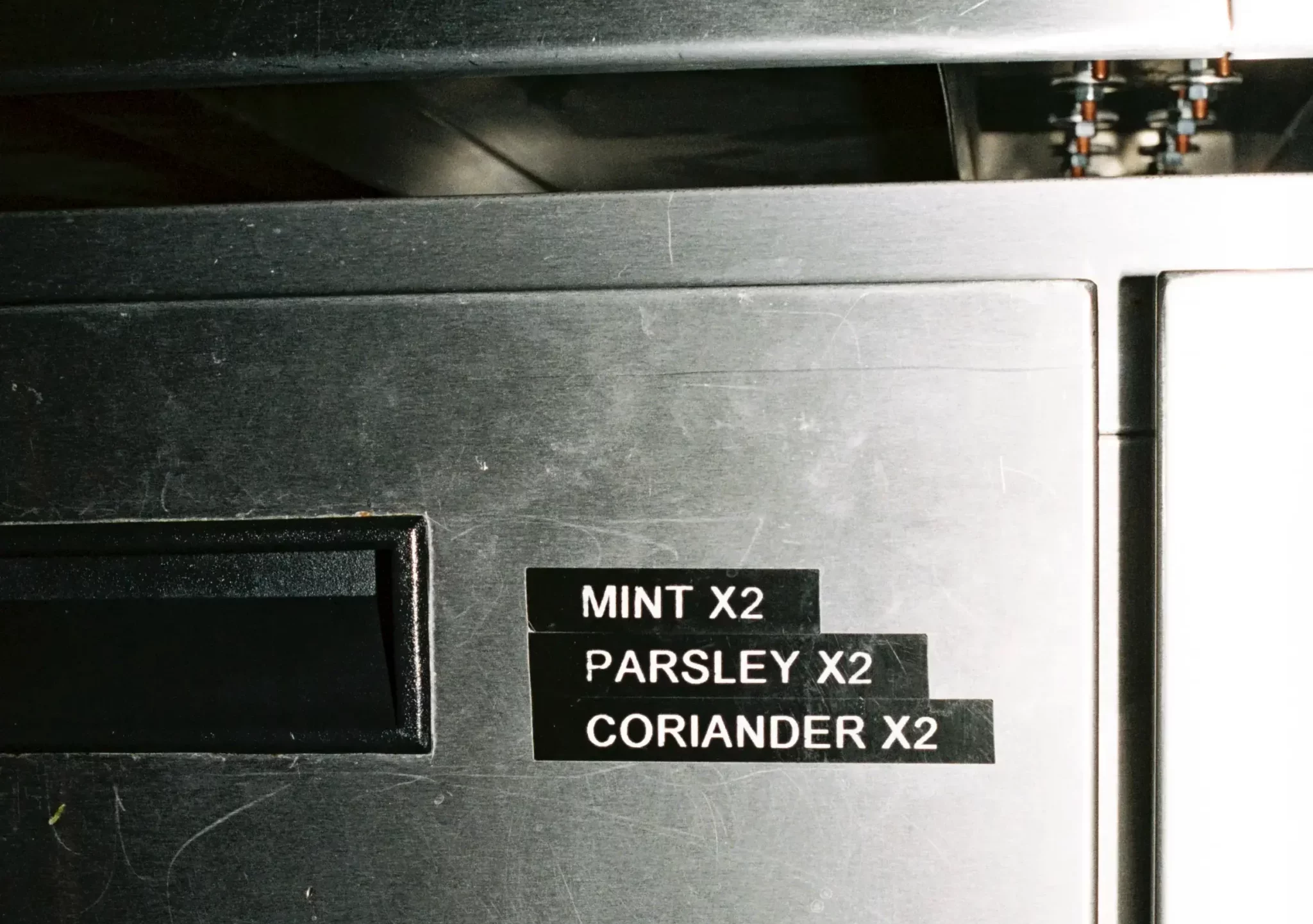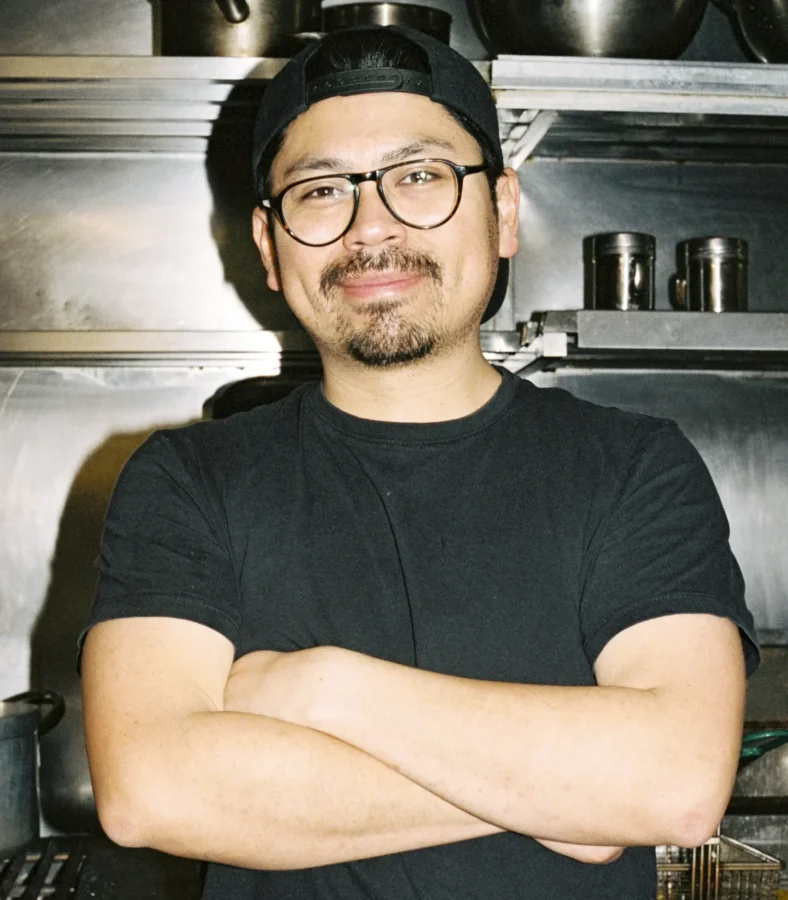Central production kitchens, or centralised kitchens, are reshaping the restaurant scene.
How? By providing a robust foundation for growth, quality control, and cost management.
In a CPU, chefs prepare meal parts or complete dishes for distribution. Each unit finishes, plates, and serves these meals to customers. As a result, you can streamline operations, assure consistency in food quality, and manage costs.
If you’re looking for more information about central production kitchens, you’ve come to the right place. Let’s delve into the intricacies of central production kitchens and explore how they can revolutionise the restaurant industry.
What is a central production kitchen?
A central production kitchen (also known as a central production unit) is a kitchen space used primarily for preparing ingredients and producing meals before being sent to the serving location.
Having all the ingredients in one place can help you improve your inventory management, streamline production, and produce consistently top-quality food for your customers.
Restaurant operators are moving away from the traditional location-based business model to a brand-driven one. This shift is propelling the rise of CPUs, changing the industry landscape from the typical 70% front of the house and 30% back of the house, to a new paradigm where back-of-house operations take up to 70% importance.
The brand now acts as a hub for expansions and extensions, such as franchise outlets, delivery, virtual restaurants, dark kitchens, and even retail ventures.
Why Central Production Kitchens?
The CPK model allows restaurants to simultaneously prepare meal components or complete dishes in a central location. They cook the ingredients and prepare the food for delivery (sometimes plating the meals) ready for distribution to various restaurant units.
This process can dramatically improve operational efficiency and meet escalating customer demands swiftly,
Think about it. Everything takes place in one kitchen. You can centralise your quality control, manage inventory, and standardise processes at a single location. We’re not saying you can’t do all of these things at different locations. You can — but it’s much more efficient to keep it under one roof.
CPUs also tend to have high-capacity equipment, helping chefs produce more food as efficiently as possible.
Increased Operational Efficiency
The CPK model supports the simultaneous preparation of meal components or complete dishes, which are then distributed to various restaurant units. Here, the meals are finalised, plated, and served to the customers or prepped for delivery. Such an approach dramatically improves efficiency and enables restaurants to meet escalating customer demands swiftly.
Ensure Consistent Quality Across Locations
Maintaining the same food quality across different outlets is a challenge that many multi-unit restaurant operators face. CPKs solve this problem by standardising recipes and preparation methods.
Instead of different chefs cooking recipes in different locations, you have a single chef (or a team of chefs in the same location) preparing the food. It minimises the chance of changes in food quality and ensures that every customer enjoys a consistent dining experience, regardless of location.
Manage and Control Costs
Central production kitchens can significantly reduce overhead costs — and ultimately, increase profits. Here’s how:
- Save money on salaries and wages. Instead of paying wages for kitchen staff across all your locations, you only pay for a single, highly-skilled team.
- Minimise food waste. The streamlined processes reduce the amount of food you have to throw away.
- Pay less on commercial rent. Individual outlets can have smaller kitchen outputs, reducing the overall rent or lease cost for each location.
- Order ingredients in bulk. You order all your raw materials to one location, meaning that you can negotiate better prices for larger ingredient orders.
How Can Technology Enhance Central Production Units (CPUs)?
In an ever-evolving world, technology plays a pivotal role in bolstering the productivity and efficiency of central production units. So, let’s take a look at some of the ways tools and technology can improve your CPU operations.
Increase visibility and process optimisation
One of the prime advantages of integrating technology with CPUs is the visibility across every phase of the food production process.
Specialised software systems offer a comprehensive view of all activities, ranging from ordering and production to shipping. This makes it easy to pinpoint areas of inefficiency, reduce bottlenecks, and enable a smoother workflow.
Integrate Supply Chain Management with Software Solutions
Embracing the right technology can bolster the efficiency of your central production kitchen. Centralised internal ordering software, for example, can help you keep track of orders, match sourcing and production with demand, and ensure product consistency.
Let’s walk through some of the benefits of using supply chain management software:
- Align ordering, production, and shipping. An internal ordering system allows you to align production plans with orders from multiple outlets. You can seamlessly monitor every step of the transfer process, making it easy to identify opportunities for process optimisation.
- Enhance product availability. A well-integrated supply chain system can help you meet demand consistently. You can quickly add items to orders from outlets to keep shelves stocked with the right amount of products. Plus, you can automatically update inventory status at both ends.
- Improve procurement. Using advanced tech can streamline your procurement process. You can convert multiple internal orders to clean bills of materials and purchase orders in just a few clicks. Every purchase order automatically considers your stock levels at both the central kitchen and the local restaurant, preventing unnecessary purchases and reducing waste.
Track Inventory in Real-time
Real-time inventory tracking in a CPU is crucial to its success. Fortunately, the right technology can provide these instant and give you instant access to valuable metrics.
With real-time tracking capabilities, for example, you can get instant updates on the stock levels at the CPU and the various outlets it serves. As a result, you can make informed decisions about production quantities, minimising waste, and ensuring that supply consistently meets demand.
Automate Stock Management
Automated stock management is another game-changing feature that technology introduces to central production kitchens.
By automating stock management, you can instantly update your inventory. It allows you to maintain optimal inventory levels, preventing stockouts and overstocking.
For example, any items sent out from the CPU will instantly be removed from the inventory count, while received items increase the stock levels at the outlets. This automatic adjustment of inventory saves time and reduces the likelihood of human error.
Ensure Food Quality and Consistency
In a CPU, maintaining the quality and consistency of food is paramount. And guess what? Technology helps in this aspect!
With the software in place, you can ensure all back-of-house data from every location is integrated with the CPU. This guarantees seamless production, timely deliveries, and the consistent quality of the dishes being prepared.
Technology can help chefs with precise preparation, making sure they follow the same recipes and processes for each restaurant location.. As a result, diners get top-quality food no matter which venue they visit.
Improve Production Planning
With technological integration, chefs and kitchen teams can easily access crucial production information. For example, menus, standard operating procedures (SOPs), and technical sheets.
This quick access is critical for aligning production plans at the CPU with orders from multiple outlets.
Why? Because it helps teams make quick and informed decisions about production planning. In doing so, they can ensure that CPUs meet demand, maintain product availability, and deliver consistent food quality.
Detect and Mitigate Margin Leaks
Technology not only helps you optimise your CPU processes, but it also helps with profit margins.
Software can identify discrepancies — such as inflated food costs, food waste, and efficiency — that impact profitability. By pinpointing these discrepancies, you can act swiftly to safeguard your organisation’s profit margins.
You can also use technology to identify areas of opportunity within your profit margins.
Let’s say that your pasta supplier has dropped their prices. To boost your profits, you might add some new pasta dishes to your menu while the margins are good. More people will order pasta dishes after you’ve paid less for the pasta, and your profit margins will increase.
Central Production Kitchens: A Revolutionary Approach
Central production kitchens are transforming the restaurant industry. They enable brands to grow faster, meet customer demand more effectively, develop additional revenue streams, and maintain a consistently high standard of food quality across all outlets.
By incorporating cutting-edge technology into a CPU, you can further streamline operations, reduce costs, and ensure a top-notch guest experience. It’ll empower you to scale up quickly and efficiently, manage inventory effectively, and significantly boost your overall productivity.
If you’re looking for software to support your CPU, take a look at Nory.
Our restaurant management software provides real-time data on inventory levels, predicts demand patterns, and automates various processes. Use our platform to get a deeper understanding of your business metrics, and make smart decisions about how to improve profitably.
Book a chat to find out more about how it works!
FAQs
How does technology enhance the operation of a CPU?
Technology plays a critical role in streamlining the operation of a CPU. Specialised software can automate processes like inventory tracking, stock updates, and production planning. It can also align sourcing, production, and shipping, thereby increasing efficiency and reducing errors in stock counts or food cost calculations.
What are the benefits of a CPU for an emerging food business or an established chain?
A central production kitchens allows businesses to scale up efficiently, manage inventory effectively, and enhance overall productivity. It facilitates quality control, consistent customer experience, and the development of additional revenue streams.
How do CPUs contribute to recipe development and quality control?
CPUs provide the opportunity to experiment with and refine recipes on a larger scale before they’re rolled out to various outlets. This ensures a consistently high-quality dining experience across all locations and protects the brand’s reputation.
What is the future of CPUs in the restaurant industry?
CPUs represent a revolutionary approach in the restaurant industry, providing a robust foundation for growth, quality control, and cost management. As technology continues to evolve, CPUs are set to become even more efficient and integral to the restaurant business model, ensuring competitiveness in a dynamic industry.
Don’t hesitate to reach out to us if you have any other questions.

